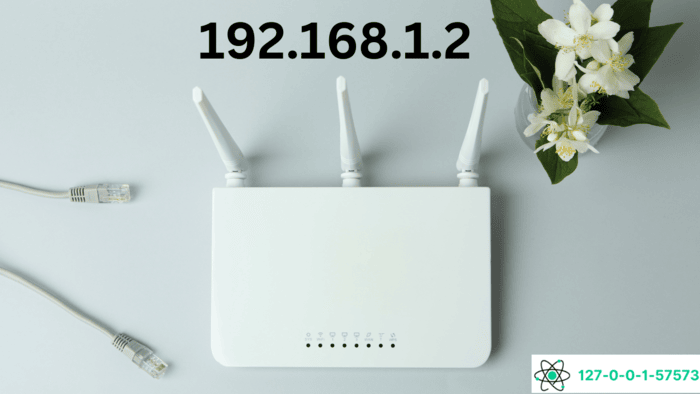You can use 192.168.1.2 to change router or modem settings. Enter http://192.168.1.2/ in your web browser to access the control panel and update the WiFi password, network name (SSID), and other vital settings.
After logging in, adjust various network settings. Change the WiFi password to something more secure, set a new name for the network (SSID), or manage security settings, device connections, and more. Many routers and modems use 192.168.1.2, though the IP address may vary depending on the brand.

To access the control panel, enter the correct username and password. The login credentials are found on the device label or in the manual. The default credentials may still be active if you haven’t changed them before. After logging in, update the credentials to secure the network.
Use 192.168.1.2 to manage network settings and ensure a stable WiFi connection. Regularly update the settings to maintain security and optimize network performance.
To log in to 192.168.1.2, follow these steps:
- Open your web browser: Start by opening a browser on your device, such as Chrome, Firefox, or Edge.
- Type the IP address: In the address bar, type 192.168.1.2 and press Enter. The router’s login page will appear.
- Enter your login details: When prompted, type your router’s default username and password. Find the default credentials on the label’s back or side of the router or modem.
- Click “Log In”: After entering the username and password, click Log In. You will gain access to the router’s interface.
Once logged in, you can manage router settings, such as adjusting the Wi-Fi network, changing passwords, and updating firmware.
Note: If the default credentials fail, someone may have changed them. In that case, reset the router to its factory settings and try again.
Be careful when adjusting settings to avoid disrupting your network.
| Brand Name | Username | Password |
| TP-Link | admin | admin |
| D-Link | admin | admin |
| Huawei | admin | admin |
| telecomadmin | admintelecom | |
| ZTE | admin | admin |
| Web@0063 |
Unable to Log in to 192.168.1.2 IP Address? Here’s How to Fix It
- Connect to Your Router’s WiFi: Connect to your router’s WiFi network first. You can then access the router’s admin panel.
- Verify the Router IP Address: Double-check that you are typing the correct IP address for your router. If unsure, you can find your router’s IP address by checking your router’s manual or looking it up in your device’s network settings.
- Forgot Username or Password? Perform a Factory Reset: A factory reset is the best solution if you’ve forgotten the router’s username or password. Resetting will remove any custom settings and return the router to its default configuration.
- How to Reset Your Router
Locate the small “RESET” button on the back or bottom of your router. Press and hold the button for 10-15 seconds. The LED lights will blink to indicate the reset is complete.
- How to Reset Your Router
- Access the Router Using Default Credentials: After performing the reset, your router will return to its default settings. Use the default username and password, which you can find in the router’s manual, to log in to the router’s web management interface. From there, you can reconfigure the router’s settings as needed.
Following these steps, you can regain access to your router and make necessary adjustments. We have also created guides on different 192.168 variations, such as 192.168.111.114, 192.168.188.1, etc., which you can refer to as needed.
Conclusion
Managing your router settings through 192.168.1.2 allows you to enhance network security, optimize performance, and troubleshoot connectivity issues. By accessing the admin panel, you can update your WiFi password, modify the SSID, and configure other essential settings.
